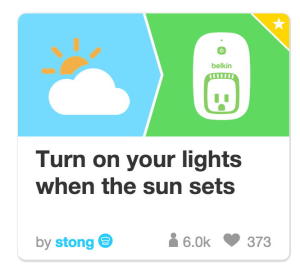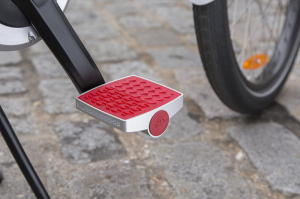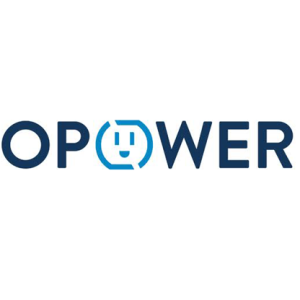Agriculture is a passion of mine, partially because of environmental concerns, and also because I love veggie gardening. There has been an encouraging trend in the US recently, with the advent of Community Supported Agriculture (CSA) and the localvore movement. However, that’s counterbalanced by the terrible continuing California drought, and the sobering realization that, worldwide, there are more than 805 million who are undernourished. Clearly, we need to produce more food — and do it much more efficiently and in line with natural principles.
That’s why I’m so excited about the new Grove Labs system being developed in, of all places, Somerville MA (which has become a start-up haven for ag-related companies through the Greentown Labs incubator. They include Freight Farms [ I will blog about them later..], which is pursuing a similar closed-loop approach on a larger scale, and Apitronics, which presented at one of our Boston IoT Meetups last year.).
It was developed by two young MIT grads, Jamie Byron (who became “obsessed” with the problems of current worldwide agriculture while on an internship) and Gabe Blanchet, who created the primitive precursor of the aquaponics system in their frat house. Now, in its beta testing form (sign up ASAP if you live in the Hub to buy a prototype!), the “Grove” is an integrated ecosystem attractive enough to be placed in your kitchen.
According to The Verge (which pointed out that dope growers’ experience with hydroponics may have helped Byron and Blanchet, LOL!):
“The Grove system looks like a 6-foot-tall wood cabinet with four LED-lit boxes for plants. Three are smaller, for leafy greens and herbs, and one is larger, for things like tomatoes or peas. On the bottom left is an aquarium whose fish provide fertilizer for the plants. The fish are what make the system ‘aquaponic,’ a particularly organic variant on traditional hydroponics.
….” ‘Essentially we took the philosophy and biology of an actual ecosystem and shrunk it down and put it in a bookshelf tower,’ Blanchet says. The fish produce ammonia in their waste, which gets pumped to the plants, where bacteria convert the ammonia to nitrate. The plants consume the nitrate, filtering the water, which gets returned to the fish. ‘If you keep the system running optimally you can grow plants faster than you can outside,’ says Blanchet.”
A critical component that qualifies the system as an IoT one is the “Grove” app, which will tell owners important information about lighting schedules, when to add nutrients, etc. The all-important sensors will provide critical real-time data about growing conditions and what’s needed.
The Grove isn’t a panacea for world hunger: for one thing, it’s pricey ($2600), although economies of scale when the company is in full swing may bring that down. It also requires involvement by the owner: you can’t just sit there and admire how things grow. You’ll need to actively monitor the app and do routine maintenance. The LED lighting system, as efficient as it may be, won’t work in remote, poor areas where there’s no electricity (but that might come from an nearby PV panel!
Nonetheless, I can see the grove playing a growing (groan, sorry for the pun..) role in meeting the world’s food needs, and, best of all, doing so in a way that capitalizes on one of my key beliefs about the IoT, that it will bring about an era of unprecented precision in use of raw materials, manufacturing, whatever, because of real-time monitoring, and, increasingly, M2M systems where a sensor reading on one device will trigger operation of another. Large-scale farming is also getting more precise due to systems such as John Deere’s FarmSight, so count agriculture as yet another industry that will be revolutionized through the IoT.
The Grove Labs approach really resonated with me because I’ve been using two 8′ x 4′ 30″ high modules for my own veggies for the last twenty years, planted according to engineer/gardener Mel Bartholomew’s great “Square Foot Gardening” system, with varying levels of success. I had grand visions of manufacturing modules from recycled plastics and adding greenhouse-fabric domes to extend the season, and an app to remind owners of when to plant and fertilize but never followed through, so I really admire those who did, and the way they’re incorporating IoT technology.
When I contacted the co-founders, they were unaware that they stand on the shoulders of giants who have developed a natural systems-based approach to agriculture right here in the Bay State, especially John Todd, who (I believe) pioneered the approach with his wonderful New Alchemy Institute on the Cape, where he methodically added new elements — plexiglas water storage, tilapia, etc. — to the passive-solar “Ark” until he had a balanced, self-sustaining system. John, who has since gone on to develop great natural-systems based wastewater treatment facilities, had a young apprentice, Greg Watson, who went on to become the Commonwealth’s incredibly innovative ag commissioner.
Oh well, it appears these guys have more than reinvented the wheel! Good luck to them.










